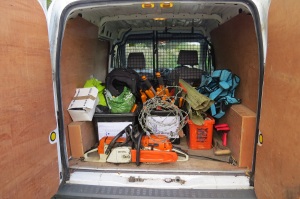Why has this been such a good year for orchids?
This year, we have identified five species of native orchids in the reserve. Two of them, the common spotted orchid and the broad leaved helleborine, are old friends, but bee orchids, pyramidal orchids and southern marsh orchids also appeared for the first time in the reserve’s fields.
What makes a good year for native orchids? Here are five possible factors to take into consideration.
ONE: Orchids don’t like rich soils. Perhaps our policy of impoverishing the soil by letting the fields out to a farmer who takes at least one grass crop a year but who has agreed not to use fertilisers of any kind, is finally paying off.
TWO: Many orchid species can’t survive if there is too much competition from more dominant species. This is particularly so among grass; as the faster growing, more luxuriant species of coarse grasses have been replaced with a wider range of finer grasses, there is room for wildflower species to germinate and flourish. Perhaps last year’s long dry summer thinned the grasses even more and made room for the new orchids.

1 
2 
3 
5 
4
[1] Common spotted orchid (Dactylorhiza fuchsii) by Gillian Newbury (20.06.21 SCP-NR) [2] Pyramid orchid (Anacamptis pyramidalis) © Simon Knight [3] Bee Orchid (Ophrys apifera) by Simon Knight [4] Broad leaved helleborine (Epipactis helleborine) by Clive Knight [5} Southern marsh orchid (Dactylorhiza praetermissa) by Simon Knight.
THREE: Some orchids are short lived and rely on their seed for regular regeneration: the smallest climate-driven changes in grassland management can make all the difference to these species. Some orchid seed will lie dormant for many decades to be triggered awake by some other small change: a new footpath as visitor numbers increase, the tyre tracks of January’s illegally ridden trail bike.
FOUR: Orchids require very, very precise growing conditions, often found only in ancient meadows or woodland. These conditions rely on naturally occurring communities consisting of established trees and soil fungi to create networks capable of supporting orchids by sharing nutrients. We have worked hard to restore our fields to the condition of traditional hayfields and this glut of orchids shows that we are succeeding.
FIVE: Climate change is thought to be responsible for the changing fortunes of the bee orchid which appears to be on the move both ecologically and geographically. Originally a chalkland specialist, it has become almost commonplace in roadside verges and gardens over the last decade.
So unpredictable are the times and so temperamental our native orchid species, that next year may bring another rush of new species or none at all.





We have been running the species list for the last few years and every year new species are discovered in the reserve. Whether it is flora or fauna it is so often “right place right time” and we are indebted to all our friends who report in, often with photos, of their observations. So often it is obvious that particularly flora by its size has been there a long time – we just haven’t looked there.
Keep looking and let us know.
You may be right but I am not convinced that I would have missed bee orchids. Their leaf rosettes are so recognisable and are visible pretty much all through the winter.